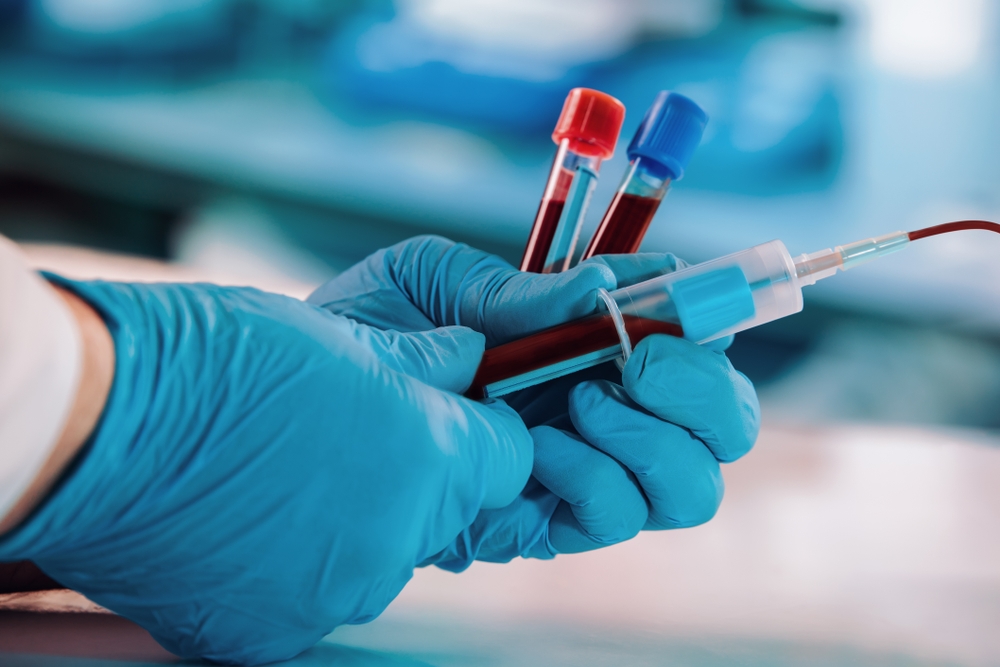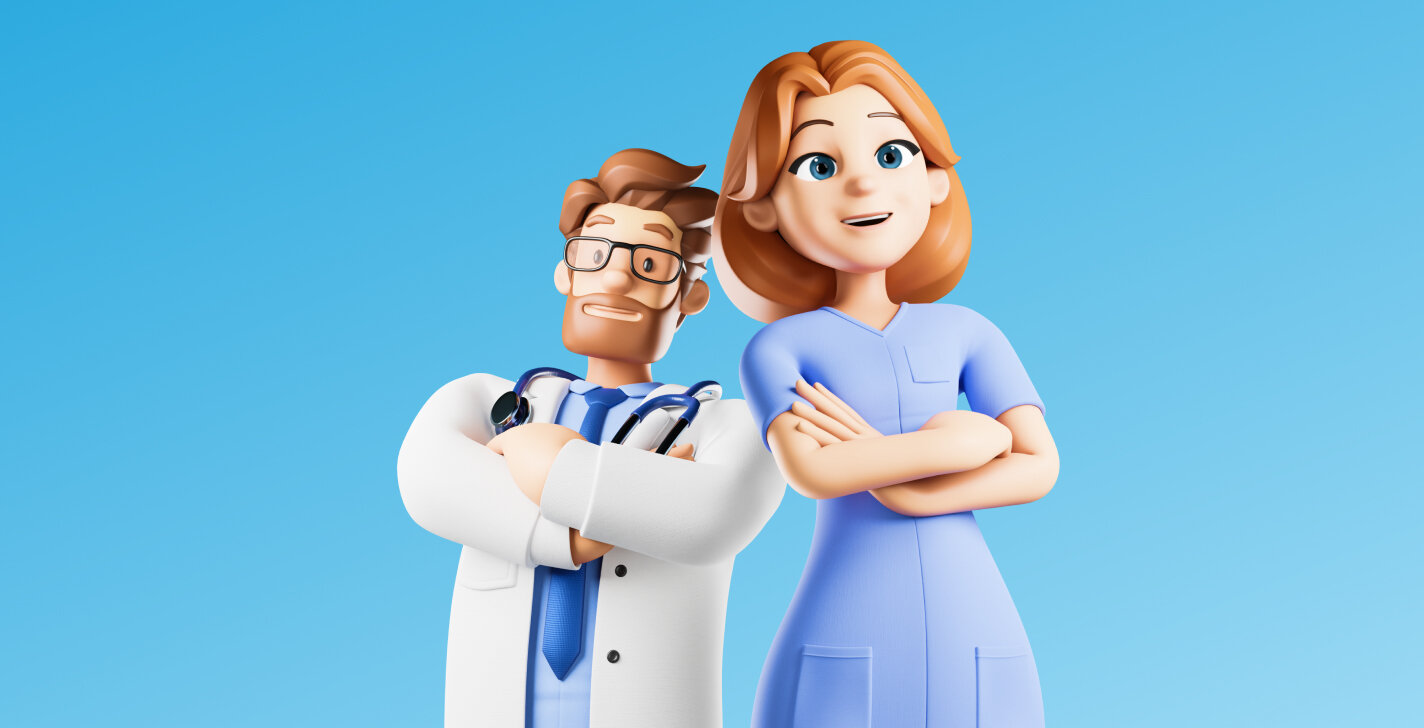
📖 Table of contents
This blog post was written by our medical student in Bratislava, Isabella Raber.
One of the most popular subjects among pre-medical students is physiology. Nowadays, we believe we have a complete understanding of the basic processes of our body. The rapid findings and successes of medicine in the last hundred years, combined with the technical progress in diagnostics, have expanded our knowledge horizon exponentially. This enables us to better understand the biological, biochemical and biophysical processes in the human organism. Almost everyone deals with their own body and its most important functions involuntarily or even consciously. At the latest when a health problem affects us, we try to find out where it comes from and what is going on inside us. Physiology provides the basic understanding of such problems, because it teaches us about the normal functions of the human body and its processes. This covers a wide spectrum from the musculoskeletal system to the cardiovascular system and thus represents the interests of every medical student.
Blood: The First Physiology Lecture
At the medical faculty of the Comenius University in Bratislava the structure of the lectures and the practical parts is divided according to body systems: In the 3rd semester, the first lecture of the subject Physiology is introduced with the topic "Blood". The composition and function of the blood, the sedimentation of the erythrocytes and, accordingly, the measurement of the haematocrit value, which is important for determining the number of red blood cells, are dealt with here. Furthermore, the topics of blood plasma, oncotic and osmotic pressure and the different blood groups are dealt with.
Practice makes perfect
In the practical part, blood sampling is practised at Comenius University. This is done on a model arm of your choice or on your fellow students, provided they agree. In addition, the students learn how to determine blood groups with different serums, the anti-A and anti-B serum. If the blood agglutinates when the serum is added, for example serum Anti-A, then we know that it is blood group A. Conversely, if the blood agglutinates when the anti-B serum is added, we know it is blood group B. If it is blood group AB, the blood agglutinates in both cases, with Anti-A or Anti-B, whereas with blood group 0, no agglutination is observed with either serum. Another important factor to consider in blood grouping is the Rhesus factor. Whether the blood is Rhesus negative or positive is determined in the practical with the anti-D antibody serum. If the blood clumps when it is added, it is rhesus positive.
As you can see, the physiology placements at the medical faculty of the Comenius University in Bratislava the opportunity to try out a lot yourself and learn methods that are also important later on in everyday hospital life. If you have the opportunity to practise yourself, learning is much more fun. In addition, the procedures learned and the theory behind them are better memorised in this way.





